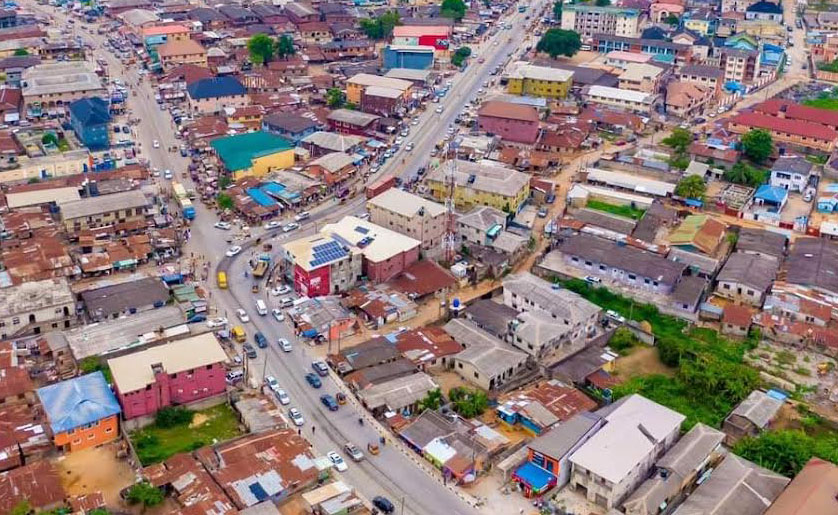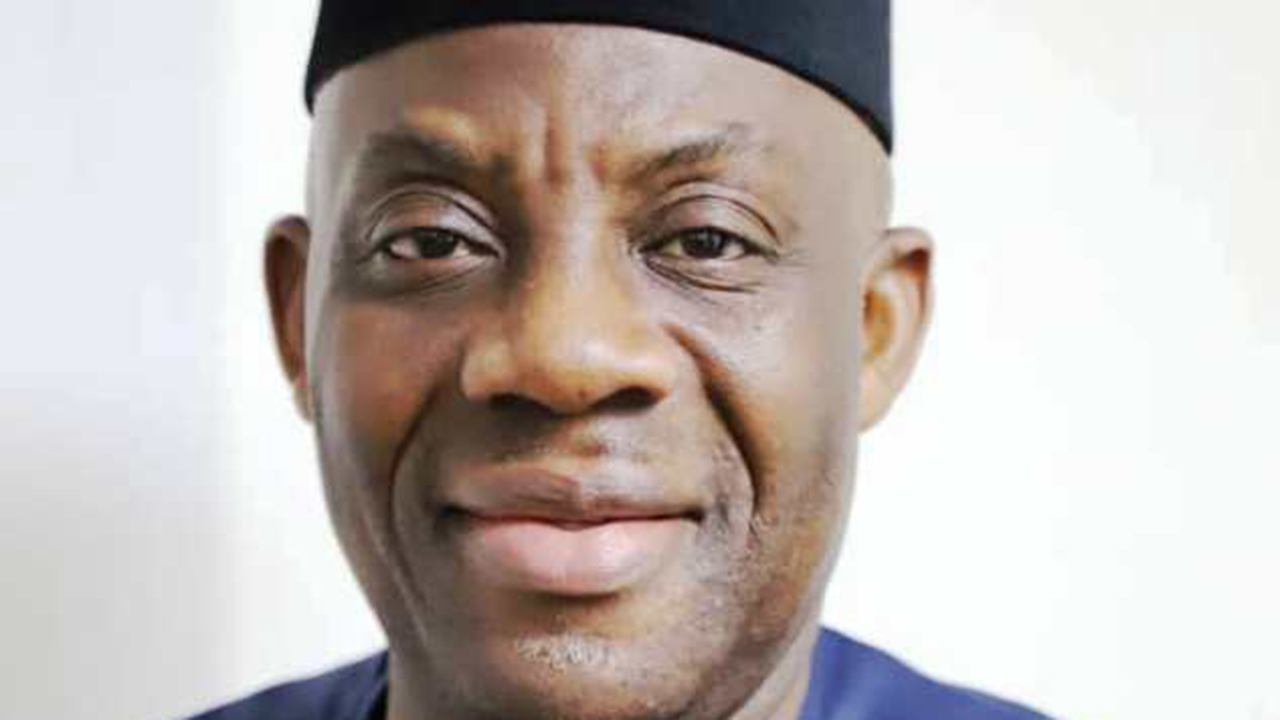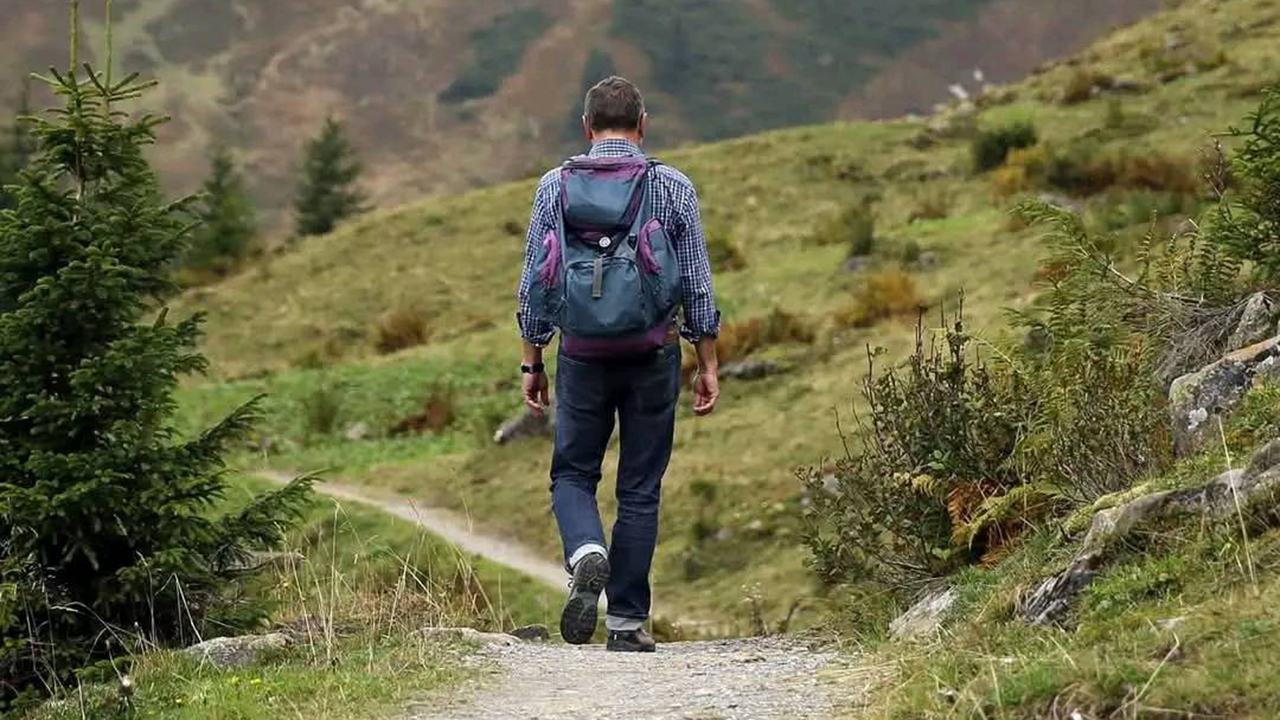Slums are densely populated part of urban area characterised with over-crowding, poor sanitation condition, dilapidated housing, lack of accessibility, and general poor living conditions.
The emergences of slums in the urban areas are largely due to rapid uncontrolled migration as witnessed in Lagos. This incessant movement had produced more slums than any other factor. In other words, slums are described as old residential areas built a long time ago in line with the old prevailing urban planning, zoning, overpopulated, with dilapidated housing and miserable living conditions.
History of slum regeneration in Lagos State can be dated back to the 1928 infamous Bubonic-Plague, Lagos Island. This birthed the modern housing schemes that engineered significant transformation of the Lagos Island slum and other ghetto communities through the Lagos Executive Development Board (LEDB). The Board was to transform the slum areas and ghettos into a planned and habitable environment. In addition, it was to get rid of the filth and unhealthy living conditions which existed then in Lagos.
In 1972, the Lagos Executive Development Board (L.E.D.B), Ikeja Area Planning Authority (I.A.P.A) and Epe Town Planning Authority (E.T.P.A) metamorphosed into Lagos State Development and Property Corporation via the L.S.D.P.C Edit No. 1 of 1972. Thereafter, the Urban Renewal function of the L.S.D.P.C was ceded to Lagos State Urban Renewal Board (L.S.U.R.B) via Gazette No. 16 Vol 38 of March, 1951. The L.S.U.R.B also, later, transformed into the Lagos State Urban Renewal Agency via Lagos State Urban and Regional Planning and Development law 2010.
Since then to date, Lagos State Urban Renewal Agency (LASURA) has been responsible for the monitoring and identification of slum / informal settlements and ensuring that some of these identified slum areas are regenerated into improved settlements in the urban centres.
Urban degradation is caused majorly by urbanisation due to rural-urban migration whereby people move basically in search of employment opportunities and to enjoy basic amenities. The Rural – Urban migration has remained a big challenge before Nigeria became Independent.
The reality for the migrants is that they must find a shelter for rest and safety which does not come cheap in Lagos, hence the result into proliferation of informal settlements: in the slum communities within the urban areas.
Slum regeneration is a process whereby the dilapidated infrastructures or run-down part of the city can be revitalised and integrated into urban areas to improve the living conditions of slum dwellers and provide sustainable housing solutions. The slum dwellers live in extreme difficulty due to poverty, socio-spatial exclusion, lack of affordable housing and become vulnerable to the effects of climate, natural disasters, diseases and high crime rate.
In Lagos many parts of the city where a large number of people migrate from rural to urban areas, these people usually end up living in the slum areas because of the high rates of rent of houses in the cities which is beyond their means
However, the slum areas can be integrated into the cities by using Planning Process Approach of Planning, Financing and Regulation of the slum settlements to strengthen the existing urban structure. The Planning Approach is when the Government use Urban Renewal strategy to regenerate blighted or slum areas through the provision of basic infrastructure such as water, sanitation, waste collection, drainage, street lights, roads, pedestrian walkway and social housing.
LASURA has worked on a number of slum communities like Bariga, Somolu, Surulere and Ifelodun etc. through the interventions, rehabilitation, and renewal programmes like; roads and water reticulation, creation of schemes etc which have imparted greatly on the land value, constant supply of water, electricity and improve their living conditions. However, for the purpose of this paper, this study will focus more closely on Bariga Intervention Scheme.
Bariga, located in Somolu – Bariga Local Government Area of Lagos State shared boundaries with the 3rd Axial Highway, the 3rd Mainland Bridge and water bodies; Lagos Lagoon. The closeness of this settlement to the water bodies that is expected to be advantage is likely what susceptible exposed it to the infiltration of informal settlements. Prior to the intervention and renewal efforts of government in Bariga, it is characterised by poor, decayed and non available of infrastructure that enhances property value. The renewal carried out include: roads, water reticulation, drainages – primary and secondary – preparation of Plans and Schemes.
Because of the capital intensive nature or Renewal, non-governmental actors also play significant role in Bariga like the LMDGP sponsored by the World Bank also carried out various redevelopment programmes in Bariga. Some these programmes include: waste collection and disposal system, rehabilitation and construction of public schools and health care facilities etc which have enormously impacted the living conditions of the settlers and their property values respectively.
The financing approach of slum regeneration requires a huge sum of capital which runs to millions of Naira locally or Dollars internationally hence finance is a big challenge. Slum regeneration requires substantial and sustained investments from various sources, such as public budgets, private sector, and international donor civil society and slum dwellers. Therefore, many of these sources are insufficient, unreliable or inaccessible for slum regeneration.
However, in order to address the lack of funds for slum regeneration it will require innovative financing to mobilise and allocate resources more efficiently. The land value capture is a strategy used in capturing the increase in land value results from public investments which can be used to finance slum regeneration. Another innovative financing is Micro-finance offers small loans, cooperatives contributions and savings, all these loans can be used by slum dwellers to finance their own housing improvements.
The slum regeneration aims at improving the living conditions, environmental, social amenities, affordable housing, opportunities of slum dwellers and land value if well implemented by the Planning Agency.
Consequently, planning regulations approach affects slum regeneration during plans preparation and implementation of the project which includes; Zoning and Land Use Planning. Zoning is a planning control tool for regulating the built environment and creating functional real estate markets.
The zoning protects residential properties from commercial development and enhance aesthetic values of the community. Land Use Planning is the process of regulating the use of land or the systematic assessment of land, water potentials, alternatives for land use, and social conditions in order to select and adopt the best land use options by a Planning Authority. Land use management helps to control the allocation of land for specific uses and promote more desirable social, environmental and efficient use of resources for conducive environment.
Apart from the aforementioned communities the Agency is currently working on the following Oyingbo Lagos Mainland, Ojokoro, Ifako-Ijaiye Ibeju-Lekki, and Isale-Akoka. The Agency has awarded about nine slum communities to planning consultants to prepare planning scheme in order to regenerate and upgrade the affected communities namely; Alausa Somolu, Bariga, Badia, Ifelodun, Ijora, Obalende, Olusosun and Ikota.
LASURA identified 169 slum areas in 2022. Considering the number of slum communities that have been identified, it will be difficult to earmark the entire budget of agency or government to solve the problem of slum communities in Lagos at the same time. In view of these the interventions of the World Bank, AFD, UNDP and UN-Habitat would to be sought for in order to deal with this problem decisively.
Consequently, in other to solve the problem of housing shortfall in Lagos, a great number of the existing slum communities would have to be regenerated and redeveloped completely in other to accommodate the original community settlers, property owners and other stakeholders.
The regeneration processes will not only improve the aesthetics of the environment and appearance of the communities and the occupiers of such slum communities must be integrated.
In view of the foregoing, there has been great improvement in property development where their various intervention projects were undertaken by LASURA. There is no gainsaying that slum regeneration has led to tremendous increase in land value in such area, whereby the majority of property owners started selling their properties.
This intervention has led to changes in the land use zoning of such communities and prevent residential properties from becoming commercial developments and enhance aesthetic values of such communities. In addition, slum regenerated areas led to improved communities with the provisions of infrastructural facilities such as electricity, water reticulations, good drainages, waste disposal, health centre, tarred roads and provision of conveniences. All these attract rapid property development in urban area which gives conducive environment for human habitation and economic prosperity.
Owokade is a retired Director, Research, Statistics and Evaluation, Lagos State Urban Renewal Agency.






